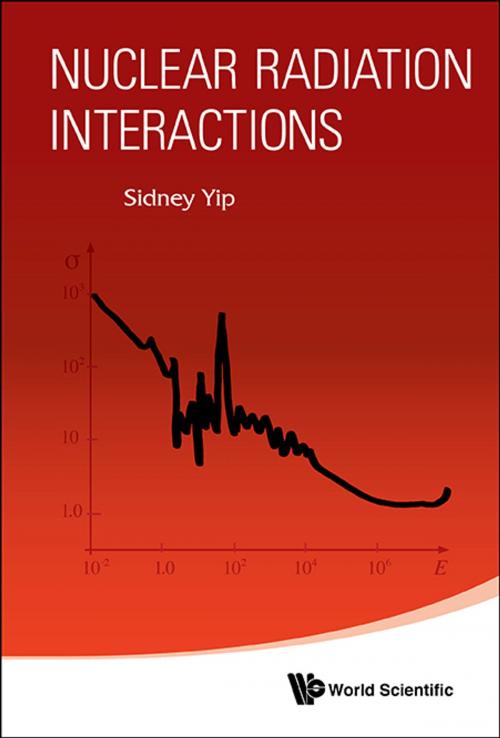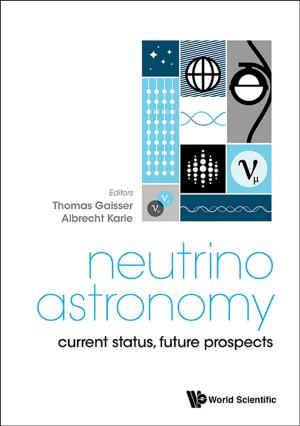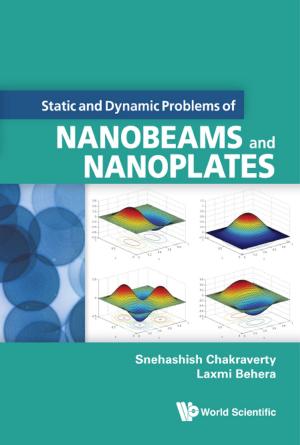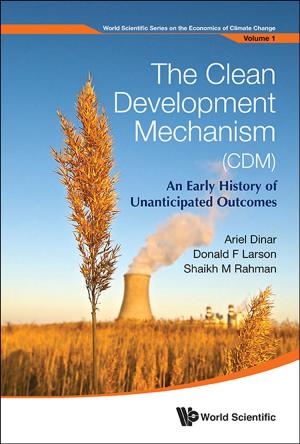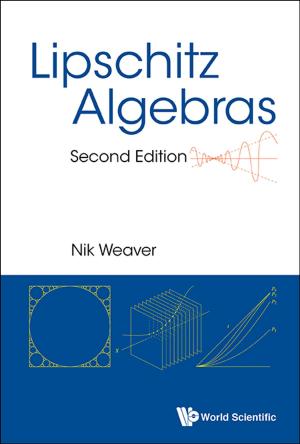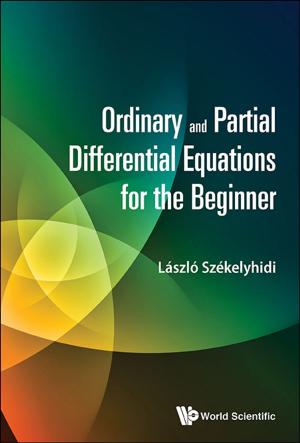Nuclear Radiation Interactions
Nonfiction, Science & Nature, Science, Physics, Nuclear Physics, Biological Sciences, Molecular Physics| Author: | Sidney Yip | ISBN: | 9789814644570 |
| Publisher: | World Scientific Publishing Company | Publication: | October 24, 2014 |
| Imprint: | WSPC | Language: | English |
| Author: | Sidney Yip |
| ISBN: | 9789814644570 |
| Publisher: | World Scientific Publishing Company |
| Publication: | October 24, 2014 |
| Imprint: | WSPC |
| Language: | English |
This book is a treatment on the foundational knowledge of Nuclear Science and Engineering. It is an outgrowth of a first-year graduate-level course which the author has taught over the years in the Department of Nuclear Science and Engineering at MIT. The emphasis of the book is on concepts in nuclear science and engineering in contrast to the traditional nuclear physics in a nuclear engineering curriculum. The essential difference lies in the importance we give to the understanding of nuclear radiation and their interactions with matter. We see our students as nuclear engineers who work with all kinds of nuclear devices, from fission and fusion reactors to accelerators and detection systems. In all these complex systems nuclear radiation play a central role. In generating nuclear radiation and using them for beneficial purposes, scientists and engineers must understand the properties of the radiation and how they interact with their surroundings. It is through the control of radiation interactions that we can develop new devices or optimize existing ones to make them more safe, powerful, durable, or economical. This is why radiation interaction is the essence of this book.
Contents:
-
Context and Perspective
Organization
-
Part 1: Nuclear Physics Background:
- Nuclear Properties and Data
- Stability of Nuclei
- Energy-Level Models
- Nuclear Disintegrations and Decays
- Collision Cross Sections
- Nuclear Reactions Fundamentals
-
Part 2: Unit Processes of Nuclear Radiation Interactions:
- Neutron Scattering
- Gamma Scattering and Absorption
- Charged Particle Stopping
- Neutron Reactions
-
Part 3. Cumulative Effects of Nuclear Radiation Interactions:
- Neutron Transport
Readership: Advanced undergraduate or graduate students and researchers in nuclear physics.
Key Features:
- A textbook on the basic study of nuclear interactions that are foundational to the field of nuclear science and engineering
- 40 pages of problems to test basic understanding and physical insight
- A special section — neutron transport — to connect with further studies of neutron interactions
This book is a treatment on the foundational knowledge of Nuclear Science and Engineering. It is an outgrowth of a first-year graduate-level course which the author has taught over the years in the Department of Nuclear Science and Engineering at MIT. The emphasis of the book is on concepts in nuclear science and engineering in contrast to the traditional nuclear physics in a nuclear engineering curriculum. The essential difference lies in the importance we give to the understanding of nuclear radiation and their interactions with matter. We see our students as nuclear engineers who work with all kinds of nuclear devices, from fission and fusion reactors to accelerators and detection systems. In all these complex systems nuclear radiation play a central role. In generating nuclear radiation and using them for beneficial purposes, scientists and engineers must understand the properties of the radiation and how they interact with their surroundings. It is through the control of radiation interactions that we can develop new devices or optimize existing ones to make them more safe, powerful, durable, or economical. This is why radiation interaction is the essence of this book.
Contents:
-
Context and Perspective
Organization
-
Part 1: Nuclear Physics Background:
- Nuclear Properties and Data
- Stability of Nuclei
- Energy-Level Models
- Nuclear Disintegrations and Decays
- Collision Cross Sections
- Nuclear Reactions Fundamentals
-
Part 2: Unit Processes of Nuclear Radiation Interactions:
- Neutron Scattering
- Gamma Scattering and Absorption
- Charged Particle Stopping
- Neutron Reactions
-
Part 3. Cumulative Effects of Nuclear Radiation Interactions:
- Neutron Transport
Readership: Advanced undergraduate or graduate students and researchers in nuclear physics.
Key Features:
- A textbook on the basic study of nuclear interactions that are foundational to the field of nuclear science and engineering
- 40 pages of problems to test basic understanding and physical insight
- A special section — neutron transport — to connect with further studies of neutron interactions
